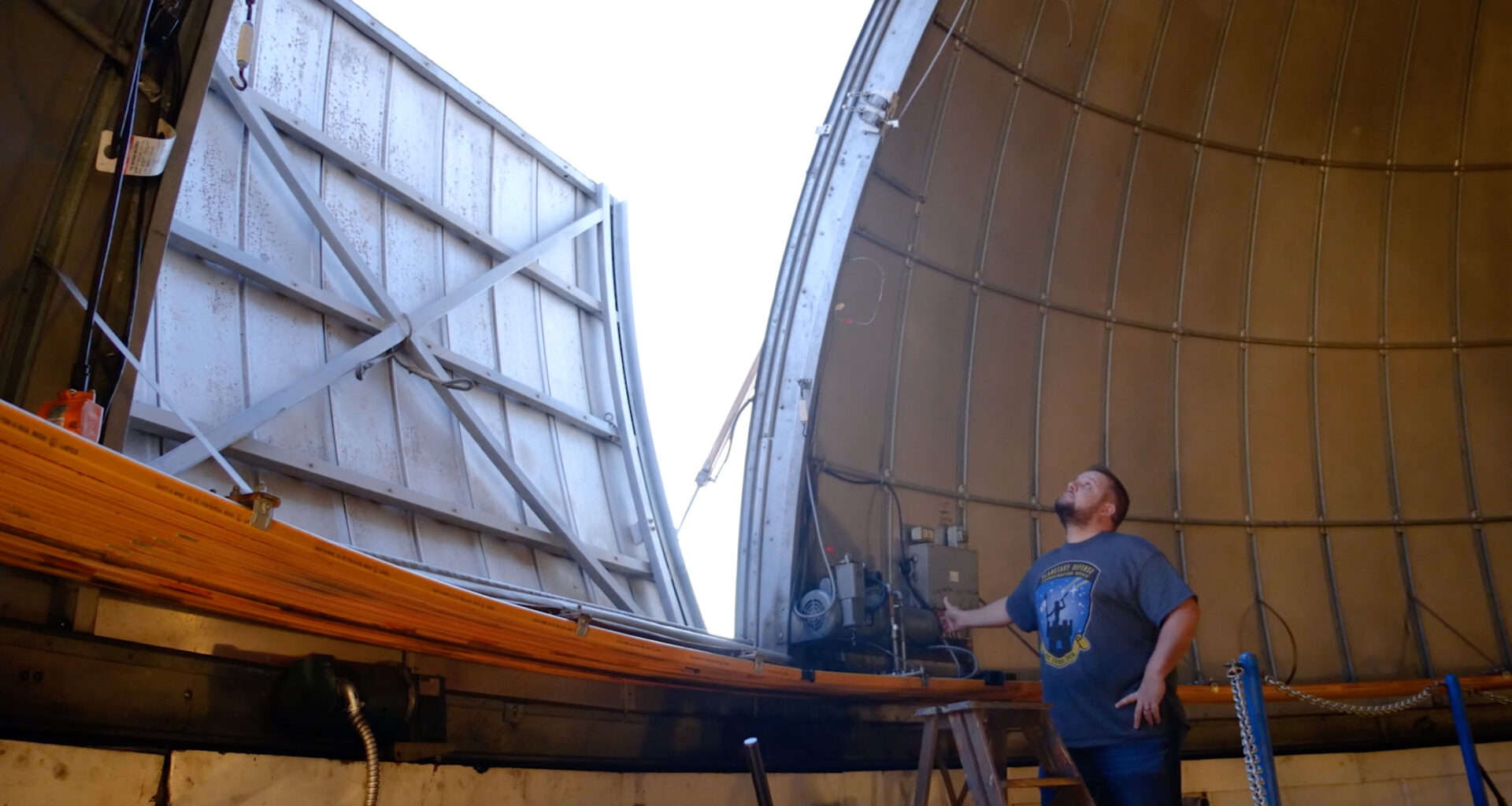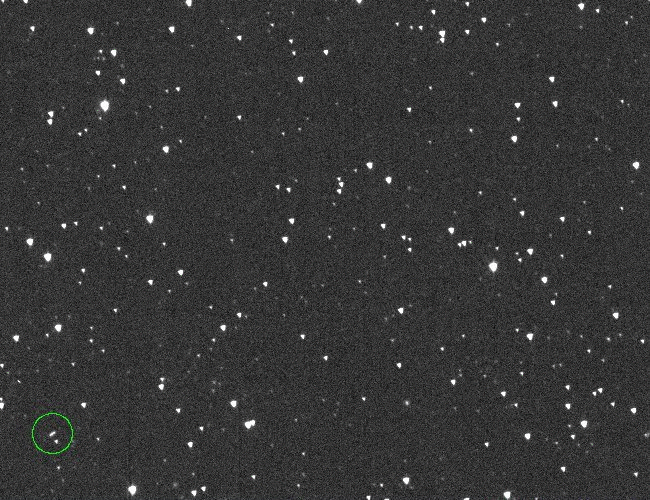Frequently Asked Questions (FAQs)
How big is the asteroid?
2024 YR4 is estimated be about 130 – 300 feet across (40 – 90 meters).
Is asteroid 2024 YR4 going to impact Earth?
Currently, asteroid 2024 YR4 has a very small chance of impacting Earth on Dec. 22, 2032. As more observations are collected, and that data is added to the orbit calculations, it is likely this probability will drop to zero. The impact probability for this asteroid will continue to be reassessed as astronomers continue to track it. By April 2025, the object will be so far away that it will become too faint to be detected by Earth-based telescopes. Further updates will not be possible until 2028 when 2024 YR4 approaches Earth again and becomes bright enough to be detected. The latest impact probability is available on the automated Sentry page at NASA’s Center for Near-Earth Object Studies at the Jet Propulsion Laboratory.
How much damage would an asteroid of this size cause if it were to impact Earth?
The damage caused by an impacting asteroid depends greatly on the exact size and composition of the asteroid. The exact size of 2024 YR4 is still uncertain, but an airburst is a likely scenario for its size range. If the asteroid were to enter the atmosphere over the ocean, models indicate that airbursting objects of this size would be unlikely to cause significant tsunami, either from the middle of the ocean or even nearer shore.
If the asteroid entered the atmosphere over a populated region, an airburst of an object on the smaller side of the size range, about 130 – 200 feet (40 – 60 meters) could shatter windows or cause minor structural damage across a city. An asteroid about 300 feet (90 meters) in size, which is much less likely, could cause more severe damage, potentially collapsing residential structures across a city and shattering windows across larger regions.
How does NASA determine the impact probability of asteroids?
NASA’s Near-Earth Observations program funds observatories to search for undiscovered asteroids and track existing potentially hazardous asteroids. Using the observation data, NASA teams calculate and refine near-Earth object orbits using computer models. Once the orbit of an asteroid is computed, these same computer models at NASA’s Center for Near-Earth Object Studies can project how close the asteroid might approach Earth over the coming years and decades.
Why does the impact probability change so frequently? Where can I see the latest impact probability?
This is the scientific process! As NASA and others involved in the International Asteroid Warning Network gather more observations of asteroid 2024 YR4, the asteroid’s future trajectory is able to be better understood. This is an opportunity to observe the science of planetary defense in action. As new tracking data becomes available and new probability assessments are made, these results will be posted on the Sentry risk list page.
Is it possible to deflect asteroid 2024 YR4? Could we use a spacecraft similar to DART?
A kinetic impactor spacecraft like NASA’s Double Asteroid Redirection Test (DART) mission is one asteroid deflection technique that could be used to address a potentially hazardous asteroid in the future. Each asteroid is unique, and deflection would depend on the asteroid’s size, physical properties, orbit, and discovery warning time. For 2024 YR4, we are still in the information gathering stage. The likelihood of an Earth impact is still very low and will likely decrease as we gain more observations, so it is premature to speculate on potential deflection techniques.
Overview
Asteroid 2024 YR4 is a near-Earth asteroid, meaning it is an asteroid in an orbit that brings it into Earth’s region of the Solar System. 2024 YR4 is estimated to be about 130 to 300 feet (40 – 90 meters) wide and has a very small chance of Earth impact on Dec. 22, 2032.
This object is of particular interest for planetary defense for two reasons: 1) it is large enough to cause localized damage in the unlikely event that it should impact Earth, and 2) while 2024 YR4 has a very small chance of Earth impact in 2032, it has surpassed the 1% impact probability threshold to warrant formal notification of the object to other U.S. government agencies involved in planetary defense as well as to the Space Mission Planning Advisory Group and to the United Nations Office of Outer Space Affairs per the International Asteroid Warning Network’s notification charter.
As more observations of the asteroid’s orbit are obtained, its impact probability will become better known. It is possible that 2024 YR4 will be ruled out as an impact hazard, as has happened with many other objects that have previously appeared on the NASA JPL asteroid risk list. It is also possible its impact probability will continue to rise. The latest data will continue to be made available via NASA’s automated Sentry page. Updates will also continue to be posted on NASA’s planetary defense blog.
Discovery
2024 YR4 was first reported to the Minor Planet Center – the international clearing house for small body positional measurements – by the NASA-funded Asteroid Terrestrial-impact Last Alert System (ATLAS) in Chile on January 27, 2025. ATLAS comprises several telescopes around the world and is managed by the University of Hawaii’s Institute for Astronomy.
Relevant Links
Keep Exploring
Discover More Topics From NASA

